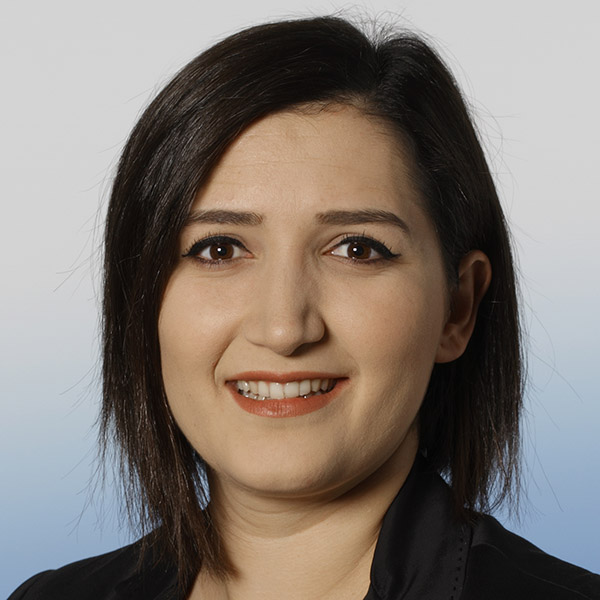Impact of Wind Year Selection on the Design of Optimized Energy Systems Based on Variable Renewable Energy Sources
Abstract
Renewable energy sources (RES) will play a crucial role in future sustainable energy systems. In scenarios analyzing future energy systems designs, a detailed spatial and temporal representation of the renewable based electricity generation is essential. For this, sufficient representative weather data are required. Most analyzes performed in this context use historical data of either one specific reference year or an aggregation of multiple years. In contrast, this study analyzes the impact of different wind years based on historical weather data from 1980 till 2015 on the design of an exemplary future energy system. This exemplary energy system consists of on- and offshore wind energy for power-to-hydrogen via electrolysis including the hydrogen pipeline transport for most south-western European countries. The assumed hydrogen demand for mobility needs represents a hypothetical future market penetration for fuel cell electric vehicles of 75%. For each historical wind year, the applied optimization model determines the required capacities and operation of wind power plants, electrolyzers, storage technologies and hydrogen pipelines to meet the assumed future hydrogen demand in a highly spatially and temporally detailed manner as well as the total annual cost (TAC) of the system. The results reveal how sensitive the final design of the exemplary system is to the choice of the wind year. For example, the TAC of the system changes by up to 20% between two wind years. Furthermore, significant variation in optimization results regarding installed capacities per region with respect to the choice of wind years can be observed.
Bigraphy
Dilara Gulcin Caglayan – Dilara Caglayan has been working as a doctoral researcher in Juelich Forschungszentrum at the Institute of Electrochemical Process Engineering since 2016 and conducting her PhD studies at the department of Mechanical Engineering in RWTH Aachen University. She has been working on energy systems and development of hydrogen infrastructure across Europe. She received her BSc and MSc degrees from Middle East Technical University, Department of Chemical Engineering.
